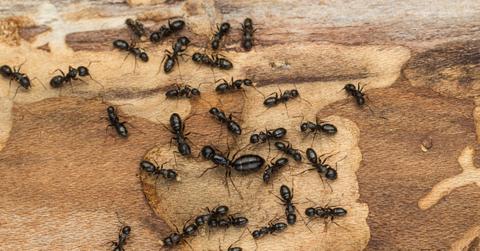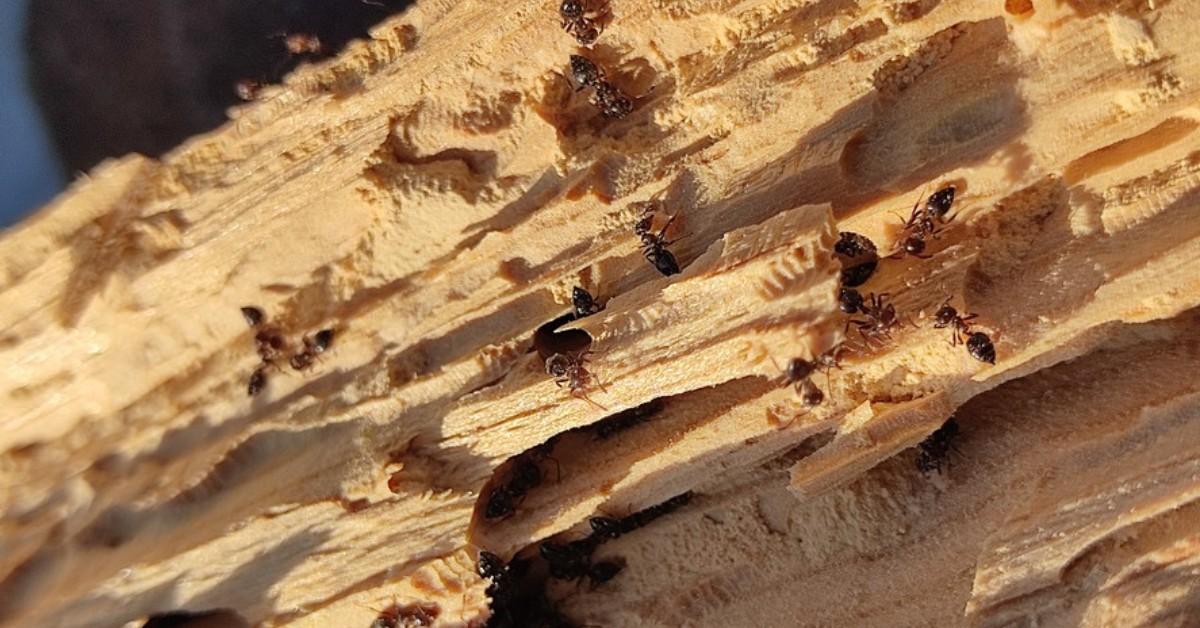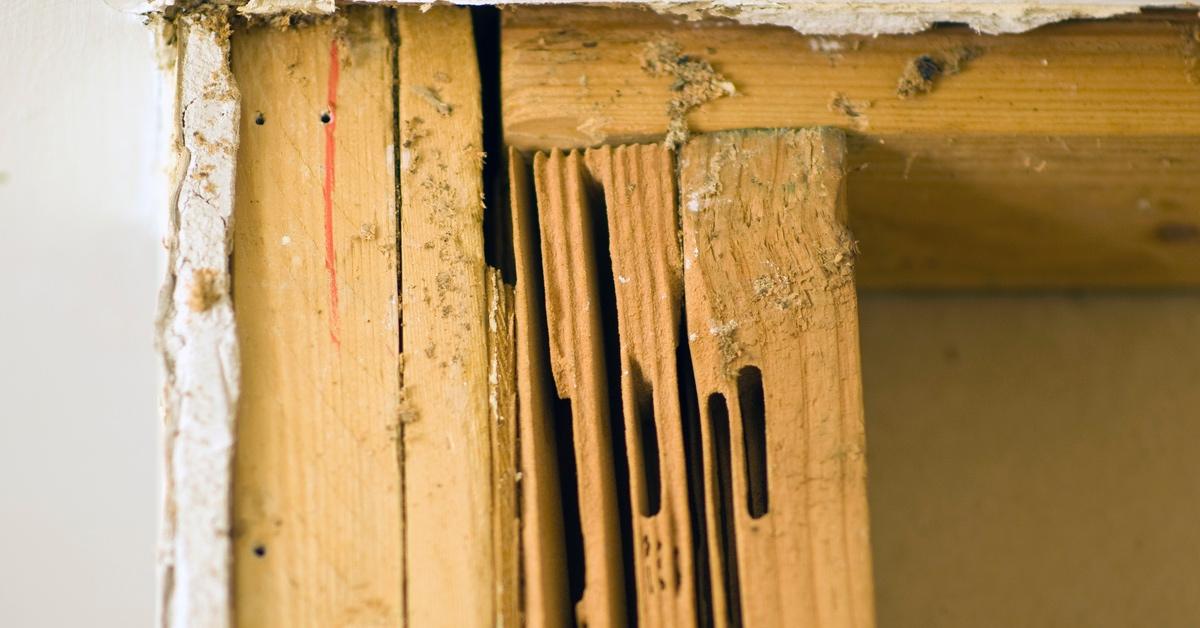Carpenter Ants on the Loose? Here Are Three Natural Ways to Rid Your House of Them
Carpenter ants can wreak havoc on your home, so it's important to get rid of them as soon as you spot them.
Published Oct. 4 2024, 11:11 a.m. ET

Seeing a large black ant somewhere in or around your home can send chills up the spine of the average homeowner. These little black insects are usually a sign that your home is being invaded by carpenter ants. The wood-destroying insects are known for tunneling through wood to make their nests, compromising the integrity of homes, trees, and outbuildings.
Therefore, it's incredibly important to identify and banish these bugs as soon as you see them.
For those who want to live in a home free from harsh chemicals or pesticides, getting rid of carpenter ants can seem daunting.
Fortunately, there are a few easy ways to figure out if the bugs you're dealing with are carpenter ants and even more ways to get rid of them naturally — keep reading as I dive into some of the top tips.

What are some signs that you have carpenter ants in your home?
Identifying the bugs, or signs that bugs are present, is job number one when it comes to eliminating them. The Orkin website says that signs of an infestation include:
- Visible bugs
- Wood shavings or dust
- Sounds coming from inside the walls or woodwork
- Noticeable damage
Of course, if you're not a pest control expert, it may be hard to distinguish between insects like carpenter ants, other varieties of ants, and even termites. While the Orkin website says that carpenter ants can come in a variety of sizes and colors, they're typically between 3.4 to 13 millimeters in length and usually appear to have two different color variations, which can include black, red, and orange, or a mix of those same colors plus brown and yellow.
Additionally, carpenter ants can be identified by their cinched waist which helps give them a segmented body consisting of three different parts.

Do carpenter ants bite?
Sadly, carpenter ants are known to bite. According to Orkin, their extra-large size means that you may be in for an extra-large bite that can be painful and may even break the skin.
Not only do their chompers hurt, but they are also known to release a chemical called formic acid when threatened, which they may also spray into the wound after they bite. Carpenter ant bites can typically be treated at home.
According to the pest control experts at Truly Nolen, all you need to do is thoroughly clean the bite with some gentle soap and water. Once it's clean, you can pat it dry and apply an ointment and bandage.
Of course, this advice isn't meant to replace the professional care of a doctor, and if you're concerned about a bite from a carpenter ant, you should contact your healthcare provider for a diagnosis and treatment plan.
Here's how to get rid of carpenter ants naturally:
Once you've identified your infestation and confirmed that you're dealing with carpenter ants, you may be ready to move on to more naturally-minded ways to eliminate these pests. Luckily, there are a few different DIY methods you can try.
First, if you know where the nest is, you can attempt to physically remove the material they've been living in, chasing out any remaining bugs left behind.
Carpenter ants prefer to live in wet or decaying wood, according to the University of New Hampshire Extension Office, so if you can track it down and trash or replace their home base, you have already won half the battle.
Next, you can try using borax powder. The Bulwark Exterminating website says this is a great way to deal with carpenter ants if you have children or pets at home because it's not as toxic to pets and humans as it is to bugs.

You can make your own bait using a one to three ratio of borax and powdered sugar, stirring the two together until they're combined. Next, you'll want to sprinkle the mix near where you've been seeing the ants.
Another mild option involves using Diatomaceous earth. The Today's Homeowner website says this compound can dehydrate the ants by removing the layer of wax that covers their exterior. You can apply this in the areas where you've seen the ants or spray it into the small cracks and crevices where you think they may be lurking.
Don't worry if these three DIY methods don't work, it doesn't mean that you've been completely overrun by the pest — instead, it may be time to call in the pros.